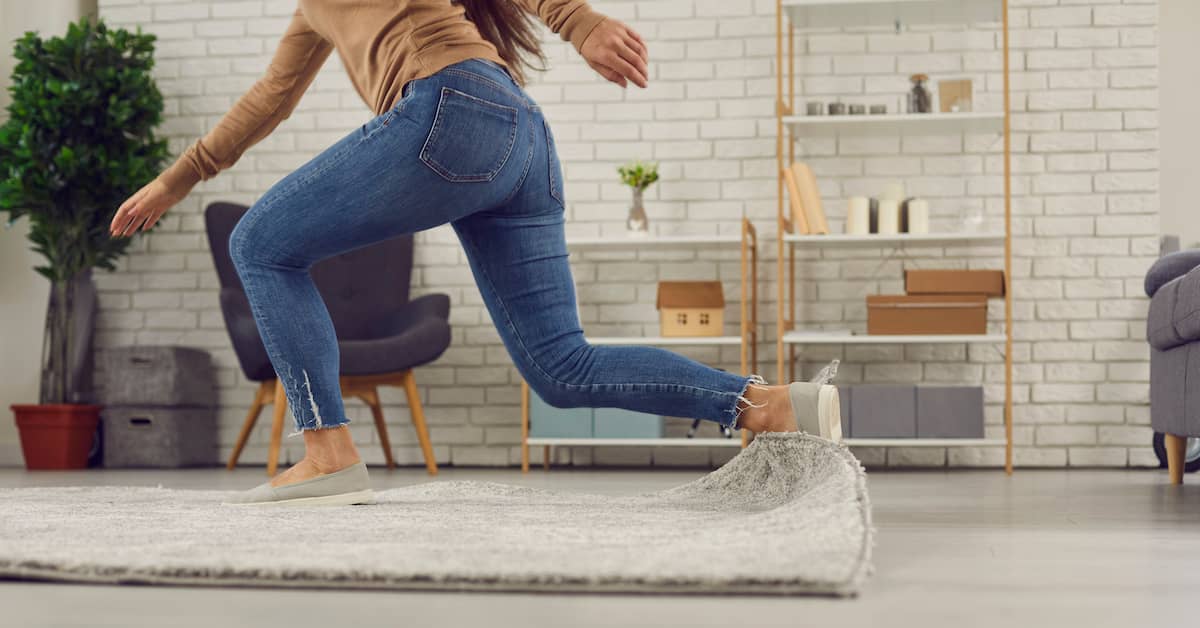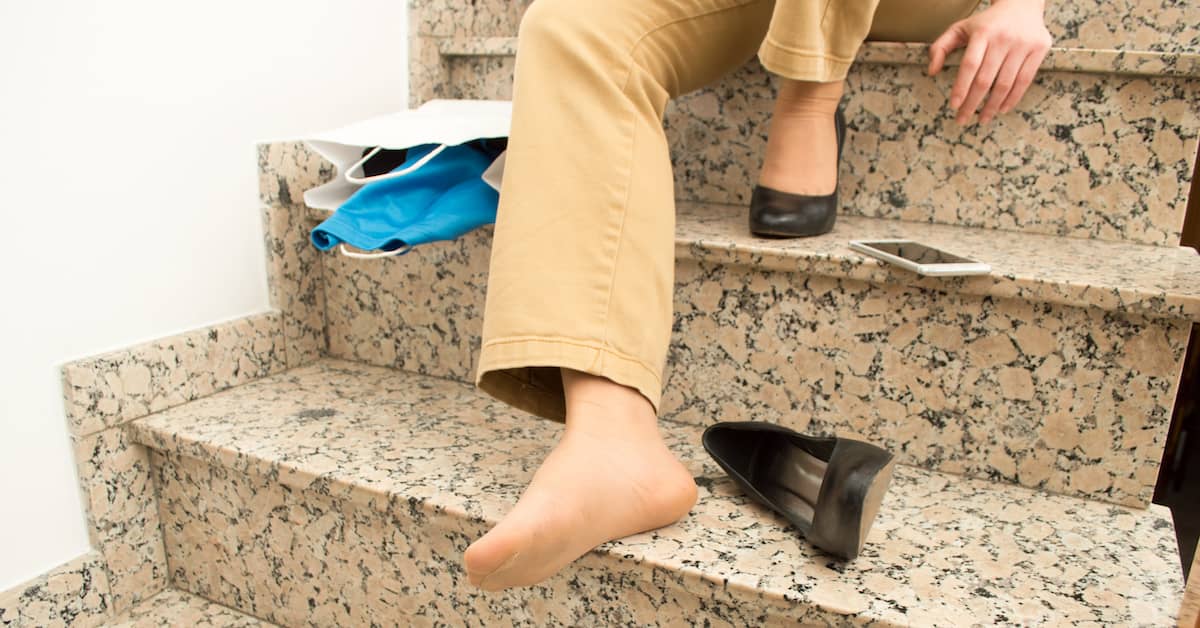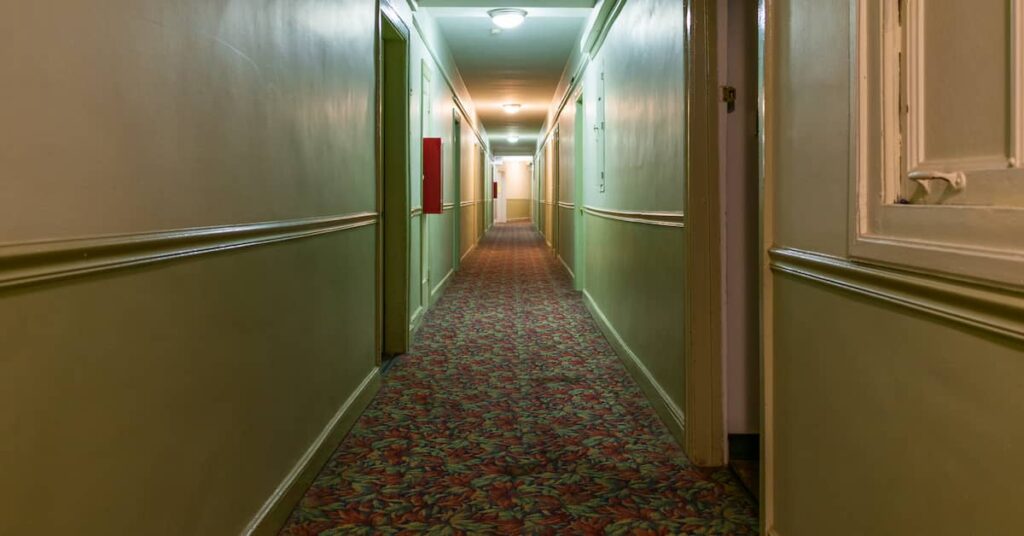
The causes of trip and fall incidents are wide-ranging and varied. Some may be accidents wherein the victim was not paying attention or misjudged a step. Others, though, may be the result of a negligent property owner or occupier who failed to provide a safe space for visitors and guests. Examples can include slippery floors, uneven walking paths, or poorly lit staircases. In these instances, a trip and fall personal injury lawsuit may be necessary in order for a victim to obtain the compensation they deserve. Those cases can only be successful if the plaintiff is able to establish causation between the property owner or occupier’s negligence and their fall, resulting injuries and loss. The burden to establish causation falls entirely on the plaintiff.
In a personal injury case, a plaintiff must be able to demonstrate on a balance of probabilities that:
- The property owner or occupier owed them a duty of care.
- The property owner or occupier breached the duty of care.
- That breach was the cause of the trip and fall victim’s injuries and damages.
The third element is known as causation and is vital to a trip and fall claim. Causation serves to connect the damages and injuries incurred by a victim to the negligence of the defendant. The defendant’s breach of duty and negligence must have caused or contributed to the plaintiff’s injuries and damages. If there is no causal relationship, there is no standing for a case. Establishing causation is the responsibility of the plaintiff. If causation is not established, meaning the plaintiff fails to demonstrate that their injuries, on a balance of probabilities, were partially or entirely a result of the property owner or occupier’s negligence, there will be no compensation for the plaintiff.
While, in some personal injury cases, causation can seem easy to prove, it is often quite complex and can be difficult to establish. Experts can help to establish causation by providing scientific evidence and objective standards regarding the duty of care owed and how it was breached. Legal scholars constantly explore the topic of causation, and legal theory surrounding causation evolves with new judicial decisions. In this blog, we will examine how causation is established in trip and fall cases.
The “But For” Test
The “but for” test must be satisfied in order to establish causation and prove the case. The plaintiff must be able to prove that, on a balance of probabilities, “but for” the defendant’s breach of duty, the plaintiff would not have sustained their injury. Thus, the defendant’s negligence was the cause of the plaintiff’s injuries, and the element of causation has been met. While this test may seem logical and uncomplicated, it can present complexities and challenges to the plaintiff’s legal team.
Some cases contain variables that make it more difficult to establish causation through the “but for” test. Examples of these types of variables can include cases that involve:
- Multiple defendants
- More than one possible cause for the plaintiff’s injury
- Multiple contributing factors for the plaintiff’s loss
- A defendant whose contributory negligence was minimal
The “but for” test is the primary test for causation in trip and fall cases. However, there are some rare cases where other tests may be relied upon in order to determine causation. If the “but for” test fails, it may be because the case involves circular or dependency causation. Circular causation occurs in cases where it is impossible for the plaintiff to prove which possible cause was the source of the plaintiff’s injuries. Dependency causation occurs in cases where the role of a third party is in question, and issues surrounding what they may have done if the defendant had not acted negligently exist.
In the rare instances where causation cannot be established through the application of the “but for” test, an alternative test is the material contribution test. The material contribution test can only be used in cases where it is impossible to establish causation by using the “but for” test, and the factors that prevent the use of the “but for” test must be outside the control of the plaintiff. The material contribution test establishes causation by determining whether or not the defendant’s negligence materially contributed to the plaintiff’s injuries and losses. The material contribution test accepts the existence of multiple variables and focuses simply on if the defendant’s negligence was a part of the cause of the plaintiff’s injury. In cases where the material contribution test has been established, the defendant can be liable for any of the plaintiff’s injuries or losses that the defendant’s negligence caused or, in some way, contributed to.
Supreme Court Decisions on Causation
The seminal Supreme Court of Canada decision regarding causation occurred in the 1990 Snell v. Farrell case. That key decision, regarding a medical malpractice case, is still relied upon by legal scholars in order to examine and define causation. In the decision, the court applied this definition:
“Causation is an expression of the relationship that must be found to exist between the tortious act of the wrongdoer and the injury to the victim in order to justify compensation of the latter out of the pocket of the former.”
Several years later, a 1996 decision, Athey v. Leonati, further examined the issue of causation. Their decision made it clear that the plaintiff did not have to establish that the defendant’s negligence was the only cause of their injury. The plaintiff only needs to establish that the defendant’s negligence was part of the cause of their injury. In their opinion, the court reiterated the fundamentals of causation:
“(1) The general, but not conclusive, test for proof of causation is the “but for” test, which requires a plaintiff to show that his or her injury would not have occurred but for the negligence of the defendant.
(2) In certain circumstances, where the “but for” test is un-workable, causation may also be established where it is demonstrated that the defendant’s negligence “materially contributed” to the occurrence of the tort victim’s injury. It is not necessary for the plaintiff to establish that the defendant’s negligence was the sole cause of the injury.
(3) Liability will be imposed on a defendant for injuries caused or materially contributed to by his or her negligence. That liability is not reduced by the existence of other nontortious contributing causes.”
In 2007, the Supreme Court of Canada weighed in on another critical case which focused on the questions surrounding causation. That case, Resurface Corp v. Hanke, involved a plaintiff who sustained serious injuries after putting water in the gas tank of an ice-resurfacing machine. In their decision, the court held that the ‘but-for’ test did not serve to establish that the defendant’s negligence caused, or substantially contributed to the plaintiff’s injuries. In their decision, they stated:
“Foreseeability depends on what a reasonable person would anticipate, not on the seriousness of the plaintiff’s injuries or the depth of the defendant’s pockets.”
What Should You Do If Your Trip and Fall Was the Result of Negligence?
While falls are sometimes the result of clumsiness or carelessness, some trip and fall incidents are the result of a property owner or occupier’s negligence. Property owners and occupiers have a responsibility to ensure visitors are safe by ensuring that their properties are free of potential hazards. If they fail to maintain a safe environment, and you are injured as a result, you may have a claim against them for negligence and may be able to obtain compensation for your injuries and losses.
In these cases, a plaintiff or injured party must be able to prove that the property owner was negligent and that their negligence was the cause of the injuries and damages. British Columbia has laws to help protect citizens from negligent property owners. In British Columbia, the Occupiers Liability Act describes and details the legal duties and responsibilities of property owners and occupiers. These protections establish and define the duty of care owed to all people who are allowed to enter a property and help to clearly differentiate between accidents and acts of negligence.
Have You or a Loved One Been Injured as a Result of a Property Owner’s Negligence?
Klein Lawyers has an outstanding track record of handling trip and fall cases. We understand how to identify and investigate trip and fall incidents and determine whether or not there was negligence on behalf of the property owner and/or occupier. We have the resources, knowledge, and experience British Columbians need to get the justice and compensation they deserve.
We will start by conducting an in-depth investigation of the evidence in your case. We will take the time to really listen to your story, obtain any registry searches, incident reports, medical records, and witness statements and thoroughly evaluate your potential claim. During the case, we will retain key experts to establish the critical details of the injury that occurred. We strive to make this process as easy for you as possible. You will focus on your life while we focus on your case.
We keep you informed throughout the entire case, so you never feel like you are in the dark. We want you to understand the process and feel comfortable asking any questions along the way. Too often, we hear concerns expressed by potential clients about what the process will be like, what they will need to do, and how often they will hear from their lawyer. We will make it clear right from the start so that you know what to expect, and we will stay true to our commitment to you. Communication and transparency are important to our team, and you will recognize that as our client.
Klein Lawyers Can Help
Klein Lawyers has over 30 years of success and experience in the legal field. During that time, we have worked hard to earn the trust and respect of British Columbians who need legal representation. Working with an experienced lawyer is critical, and our team understands the trust clients place in us when we are representing them. We value that trust and feel honoured that so many clients choose our law firm to fight for them. We are passionate about obtaining the best possible outcome for our clients.
Contact Us Today
Contact the Klein Lawyers team today at (604) 874-7171 for a free consultation with a Vancouver trip and fall lawyer. We serve clients injured in British Columbia and Class Action and Mass Tort clients throughout Canada. There is no obligation, and your consultation is completely confidential. We are here to help victims of a property owner and/or occupier’s negligence receive the justice they deserve.










